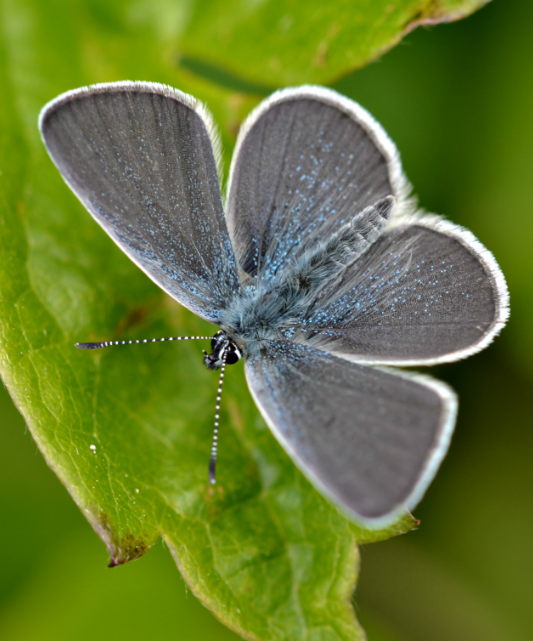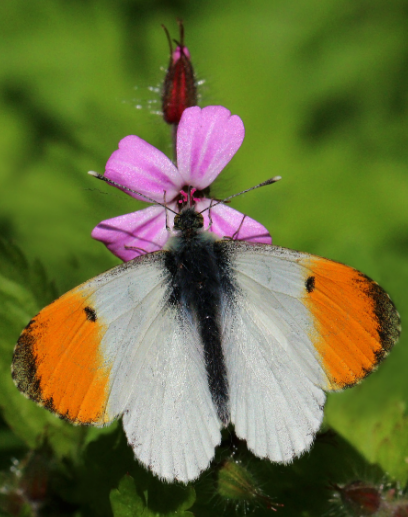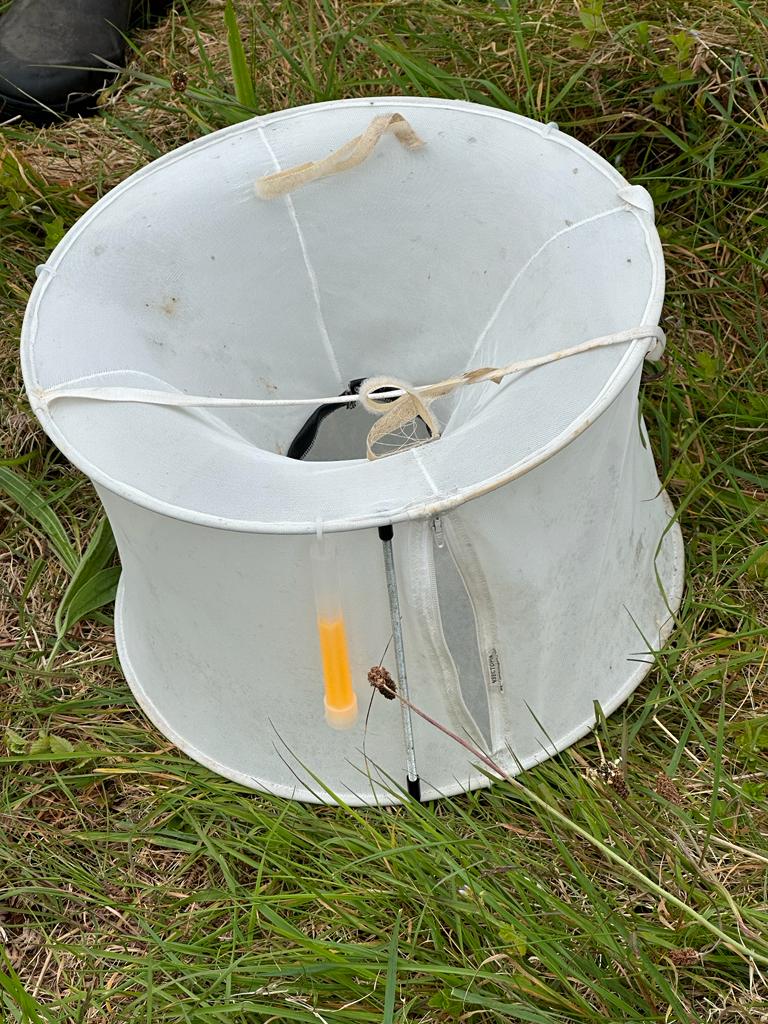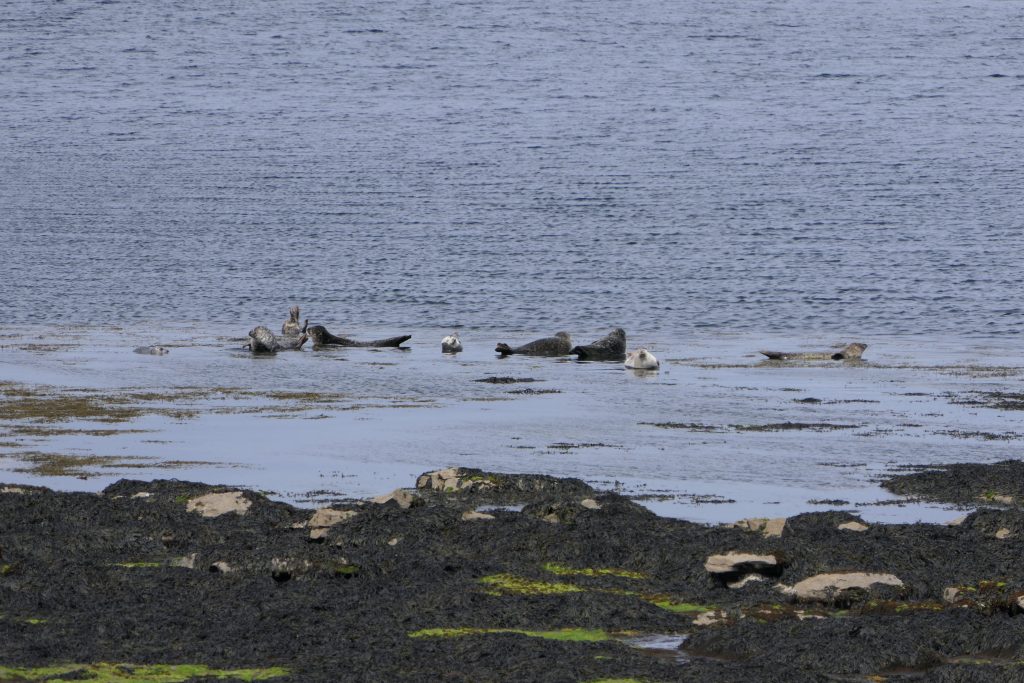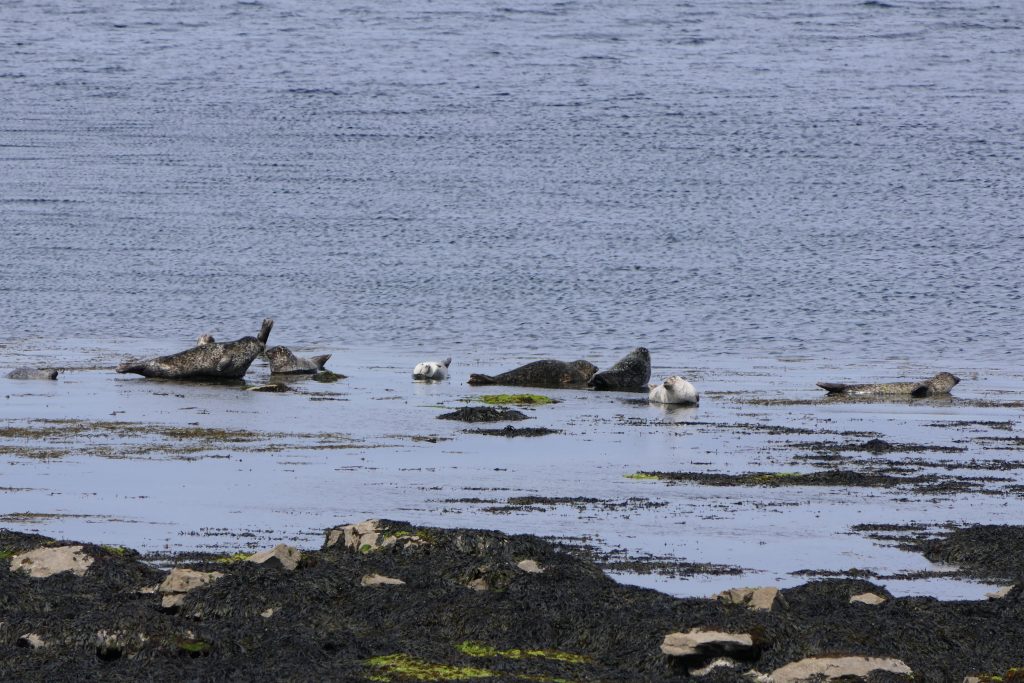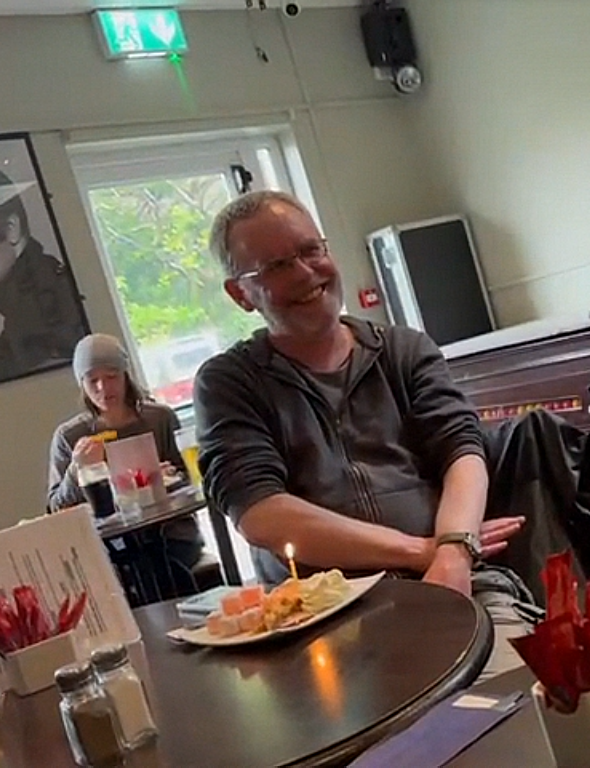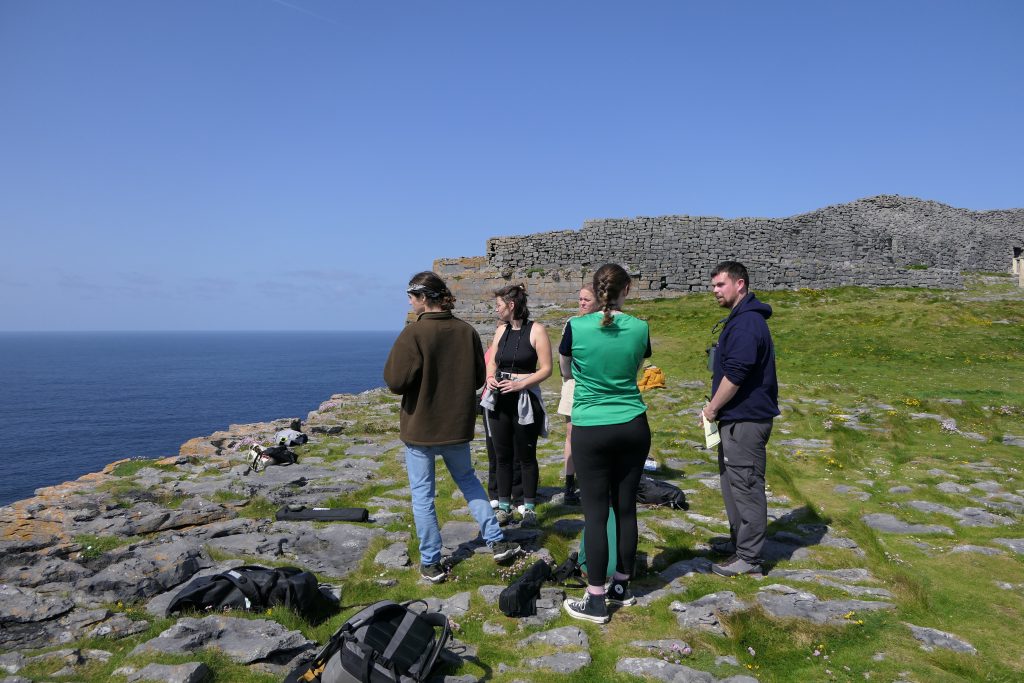
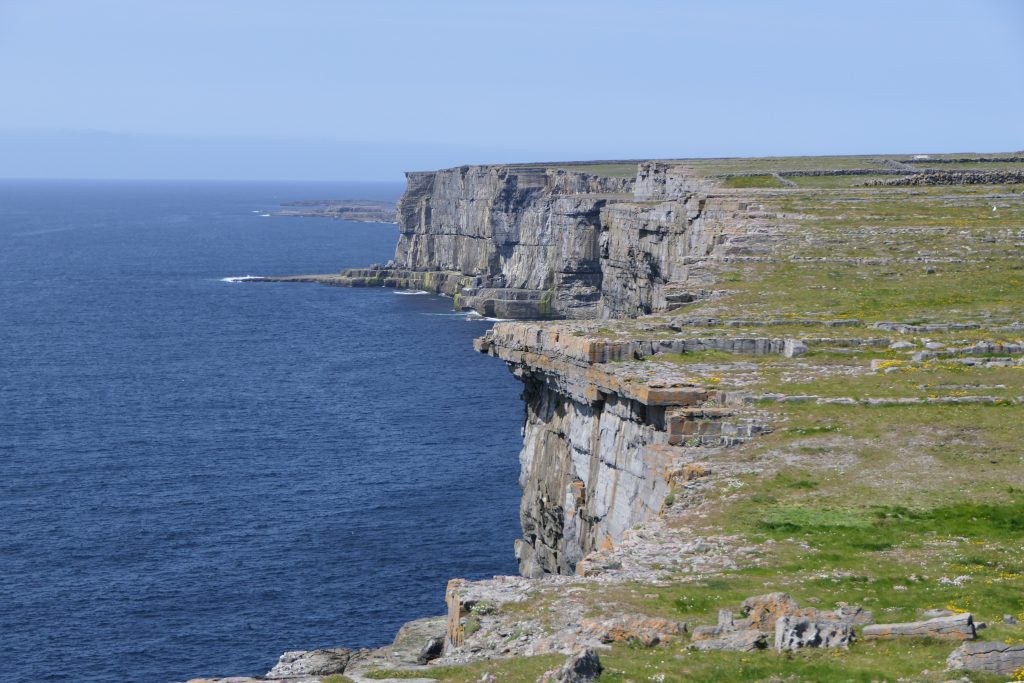
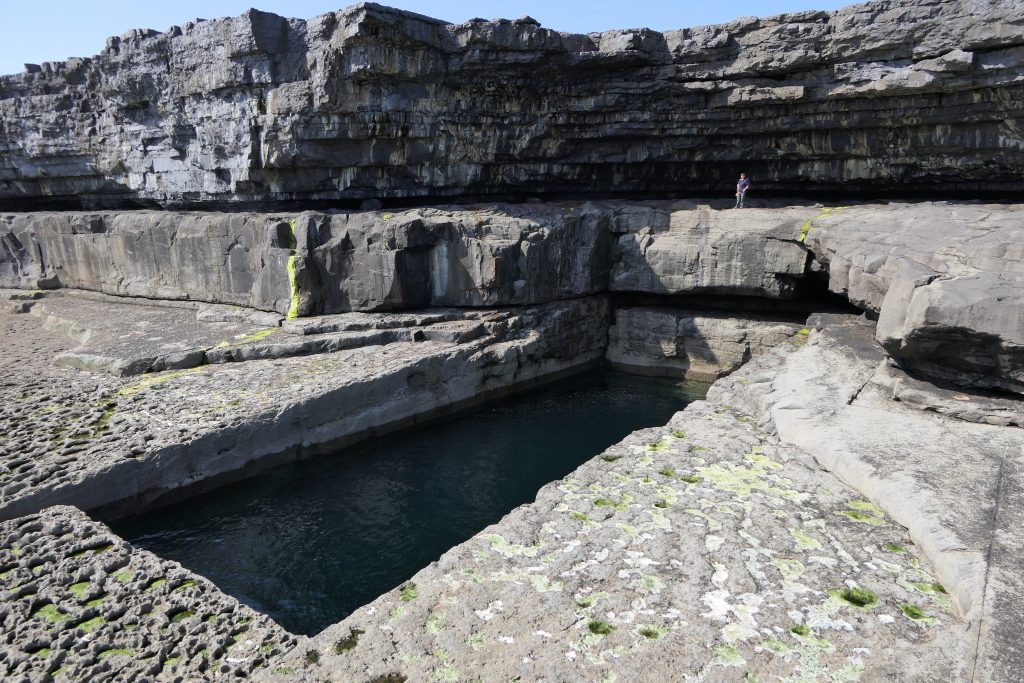
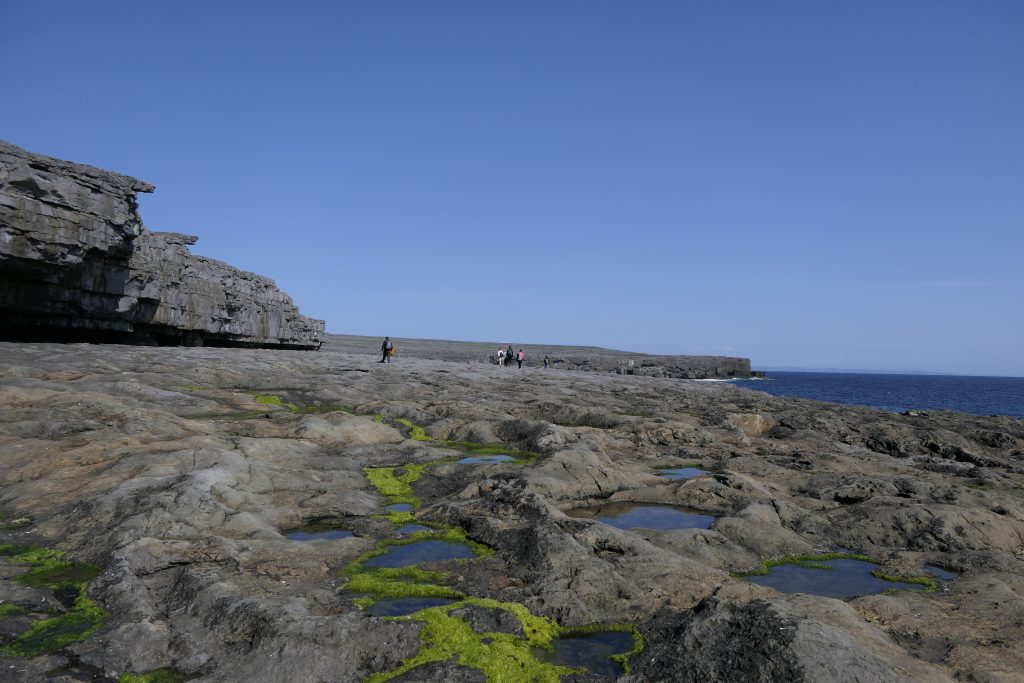
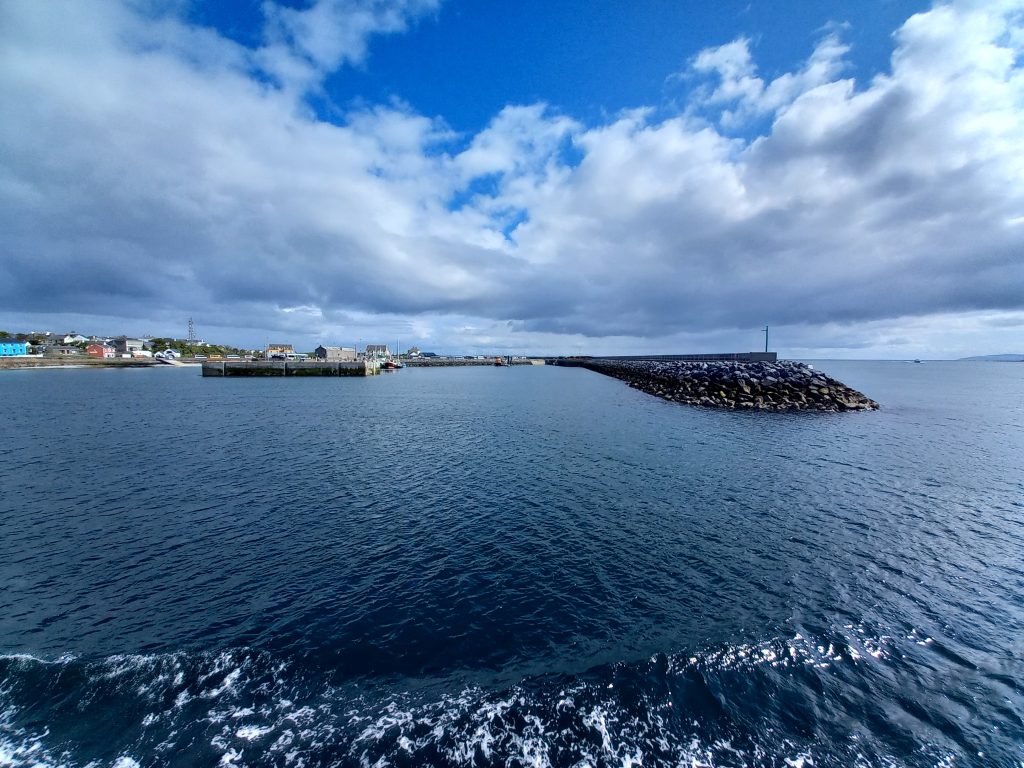
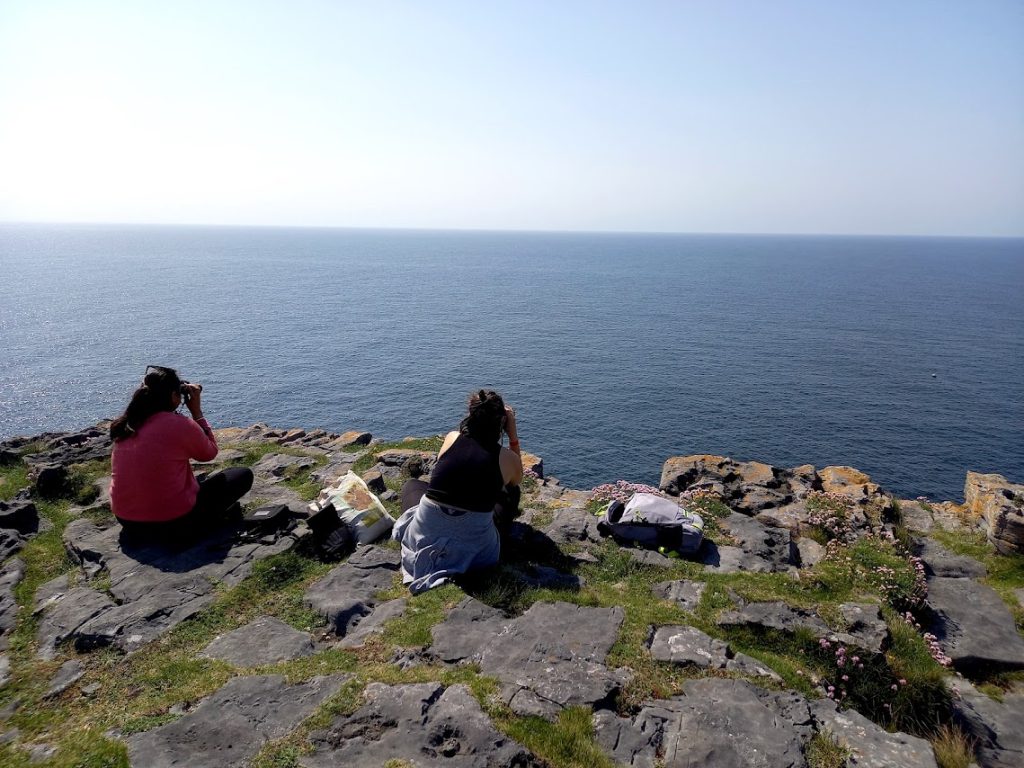
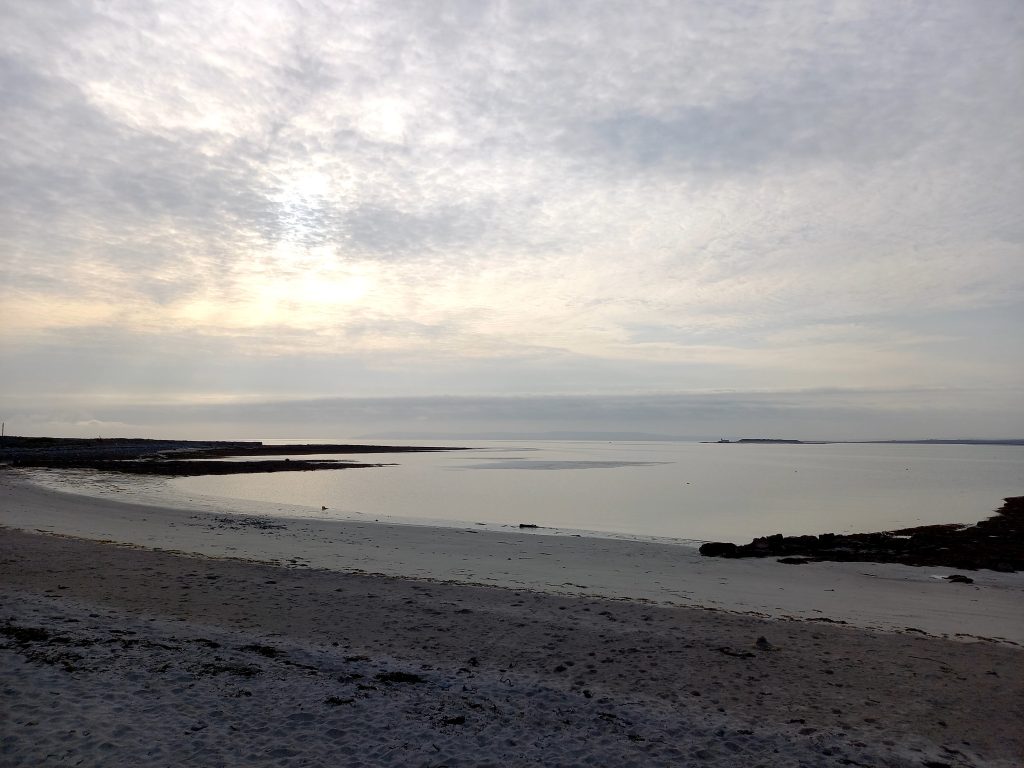
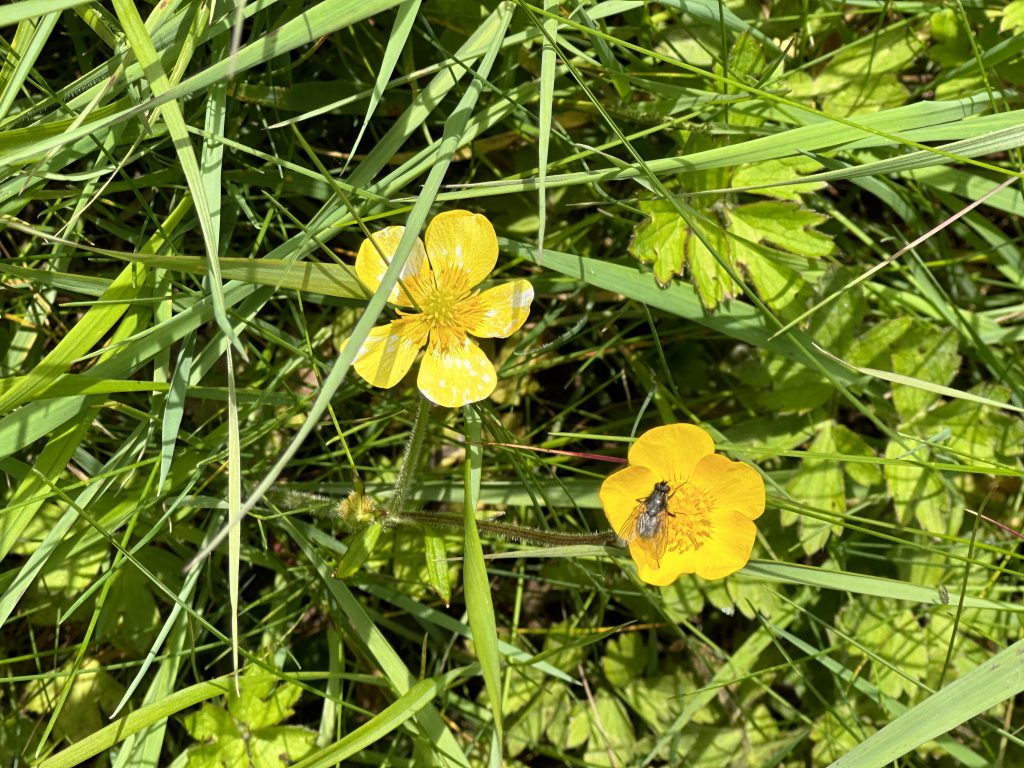


Residential field trips allow students to explore and observe real-world settings and ecosystems, allowing them to directly see the subtle dynamics and the details of natural systems. This personal experience for me, not only helped me in enhancing the theoretical knowledge about the species and marine life around me but also develops their critical thinking skills and problem-solving talents by allowing us to apply their learning in real-world settings. This experience was very new to me. I got to observe and identify plant and animal species in the natural settings, enhancing the understanding of biodiversity and ecosystem dynamics. Furthermore, field visits give excellent chances for hands-on field research, providing students with critical skills in data collecting, experimental design, and scientific technique. In my opinion, we protect what we love so such experiences allow us to come more closer to the nature, where we can also understand the importance of the ecosystem, these encounters build a strong passion for nature, inspiring people to become environmental champions and contribute to ecosystem preservation.
We went on four days residential trip to Inis Mor, Aran’s Island which is located in Galway Bay.Despite its small dimensions, Inis Mor has a fascinating display of species richness across its different ecosystems, making it an enticing destination for ecologists, wildlife enthusiasts, and visitors wishing to appreciate the island’s natural wonderful things. The island is also known for its colorful wildflowers, such as meadow cranesbill, bloody cranesbill, and Irish lady’s tresses. The limestone pavements of Inis Mor provide a nourishing environment for rare orchids such as the pyramidal orchid and frog orchid, among others. It is also an important breeding place for a wide variety of seabirds, which contributes to its spectacular bird population. Visitors to the island can see notable species such as Atlantic puffins, European storm petrels, and northern fulmars. Wading birds like curlews and oystercatchers can also be seen along the shores of Inis Mor.
The coastal waters of Inis Mor are teeming with marine life, including cod, pollack, and mackerel, which thrive in the surrounding seas. Grey seals basking on the rocks, as well as the regular presence of dolphins and porpoises, add to the island’s magnificent coastal environment.
Inis Mor’s biological abundance extends beyond its outstanding plant and animal diversity to its peculiar geological qualities. The island’s attraction is further enhanced by enchanting underground caves and striking karst formations, making it a genuinely requiring site. This site was best for our various surveys for butterflies, moth,bats, birds and cetaceans.
The number of various species on the island amazed us on the first day of our field trip to Inis Mor. As we entered the lagoon, we were met by a beautiful variety of bird species. the Swallows showed their elegant flight patterns, while Skylarks’ mesmerizing songs filled the air. The sight of gorgeous shell ducks swimming serenely across the river, their brilliant feathers highlighted by the sunlight, attracted us. Lapwings, egrets, and wall brown butterflies brought a beautiful splash of colour to the scene.
